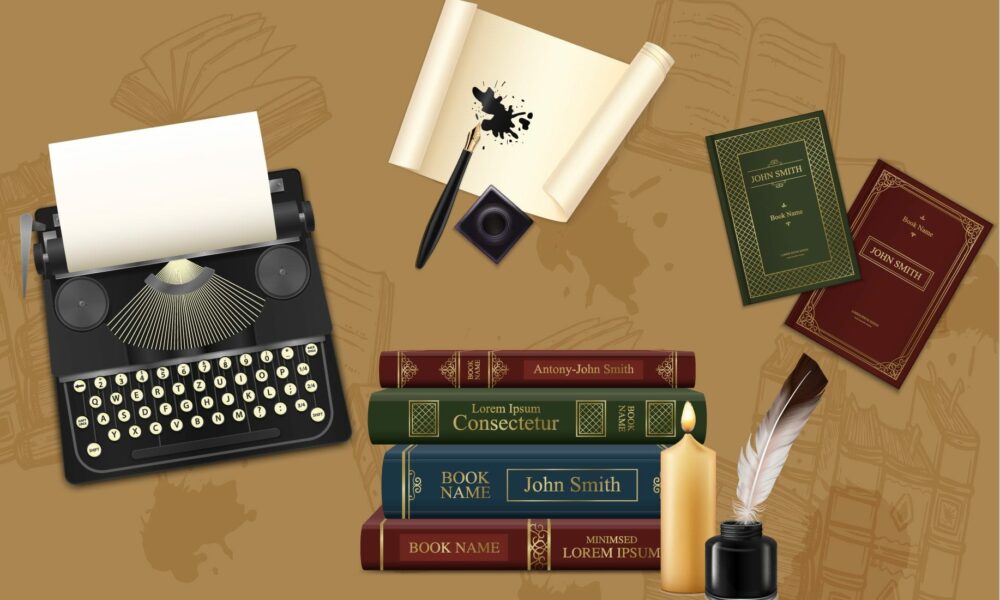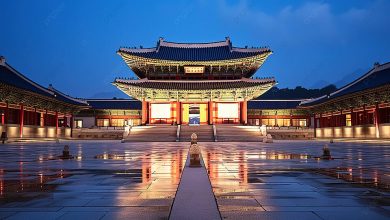Teaching British History Through Literature and Film

Teaching British history can sometimes feel like a daunting task, especially with the vast array of events, dates, and figures that have shaped the nation. However, literature and film offer a unique and engaging way to bring this history to life. By incorporating stories, novels, and movies into the curriculum, educators can create a more immersive and relatable learning experience for students. This article will explore how literature and film can be effectively used to teach British history, highlighting key periods and works that can make the past more accessible and exciting for learners.
The Power of Stories
According to Local Histories, “stories have always been a powerful tool for teaching and learning.” They allow us to connect with characters, understand their struggles, and witness their triumphs. In the context of British history, literature provides a window into the lives of people from different eras, helping students to see beyond the facts and figures.
For example, Charles Dickens’ novels, such as “Oliver Twist” and “A Tale of Two Cities,” offer vivid portrayals of Victorian England and the French Revolution, respectively. Through these stories, students can explore themes of poverty, social injustice, and the impact of historical events on ordinary people.
Exploring the Tudor Period
The Tudor period is a fascinating era in British history, marked by dramatic events and significant changes. Literature and film provide excellent resources for teaching this period. One notable example is Hilary Mantel’s “Wolf Hall” and its sequel “Bring Up the Bodies.” These novels, along with their television adaptations, delve into the life of Thomas Cromwell and his relationship with Henry VIII. They offer a detailed and engaging look at the political intrigue and personal dramas of the Tudor court.
Additionally, Shakespeare’s plays, such as “Henry VIII” and “Richard III,” can be used to explore the personalities and conflicts of the time. These works not only entertain but also provoke discussions about power, ambition, and the human condition.
The Industrial Revolution Through Literature
The Industrial Revolution was a transformative period in British history, and literature from this era provides valuable insights into the social and economic changes that took place. Elizabeth Gaskell’s “North and South” is a prime example. The novel contrasts the industrial North of England with the more genteel South, highlighting issues such as class conflict, workers’ rights, and the impact of industrialization on society.
Another essential work is Charles Dickens’ “Hard Times,” which critiques the harsh realities of industrial life and the dehumanizing effects of a rapidly changing world. By studying these novels, students can gain a deeper understanding of the challenges and opportunities that arose during the Industrial Revolution.
World War I and II in Literature and Film
The two World Wars are pivotal events in British history, and there is a wealth of literature and film that can help students comprehend their impact. For World War I, Erich Maria Remarque’s “All Quiet on the Western Front” and Pat Barker’s “Regeneration” trilogy offer powerful depictions of the war’s brutality and its psychological effects on soldiers. These works, along with films like “War Horse” and “1917,” provide visceral and emotional experiences that bring the horrors of the trenches to life.
For World War II, films such as “The Darkest Hour,” which focuses on Winston Churchill’s leadership during the war, and “Dunkirk,” which depicts the evacuation of Allied soldiers from France, offer gripping portrayals of key events. Literature like George Orwell’s “1984” and Evelyn Waugh’s “Brideshead Revisited” can also provide perspectives on the war’s broader societal impacts and the post-war period.
Post-War Britain and Modern History
Teaching modern British history through literature and film allows students to explore recent events and their ongoing effects. “The Crown,” a popular television series, offers a dramatized account of the reign of Queen Elizabeth II, providing insights into the monarchy’s role and the significant events of the late 20th and early 21st centuries.
Literature such as Zadie Smith’s “White Teeth” and Andrea Levy’s “Small Island” explores themes of immigration, identity, and multiculturalism in post-war Britain. These works can help students understand the complexities of contemporary British society and the historical factors that have shaped it.
Integrating Literature and Film into the Curriculum
To effectively use literature and film in teaching British history, educators can take several approaches. Here are some practical tips:
- Choose Relevant Works: Select literature and films that align with the historical periods and themes you are teaching. Ensure that the content is age-appropriate and accessible for your students.
- Create Context: Provide historical context before introducing a novel or film. Discuss the key events, figures, and social conditions of the period to help students understand the setting and significance of the story.
- Facilitate Discussions: Encourage students to share their thoughts and reflections on the literature and films. Ask open-ended questions that promote critical thinking and connections between the story and historical facts.
- Compare Perspectives: Use literature and film to explore different perspectives on historical events. For example, compare how a novel and a movie depict the same event, and discuss the reasons for any differences.
- Assign Projects: Assign creative projects that allow students to engage with the material in a hands-on way. This could include writing their own historical fiction, creating film reviews, or developing presentations on the historical accuracy of a work.
- Incorporate Technology: Utilize online resources and multimedia tools to enhance the learning experience. Virtual tours of historical sites, interviews with authors or filmmakers, and interactive timelines can all add depth to the study of history.
Teaching British history through literature and film can make the past more vivid and relatable for students. By bringing stories to life, educators can foster a deeper understanding and appreciation of the events and people that have shaped the nation. Whether exploring the grandeur of the Tudor court, the struggles of the Industrial Revolution, or the complexities of modern Britain, literature and film provide a rich and engaging way to connect with history. Embracing these tools can transform the study of history from a list of dates and events into a dynamic and memorable journey through time.




